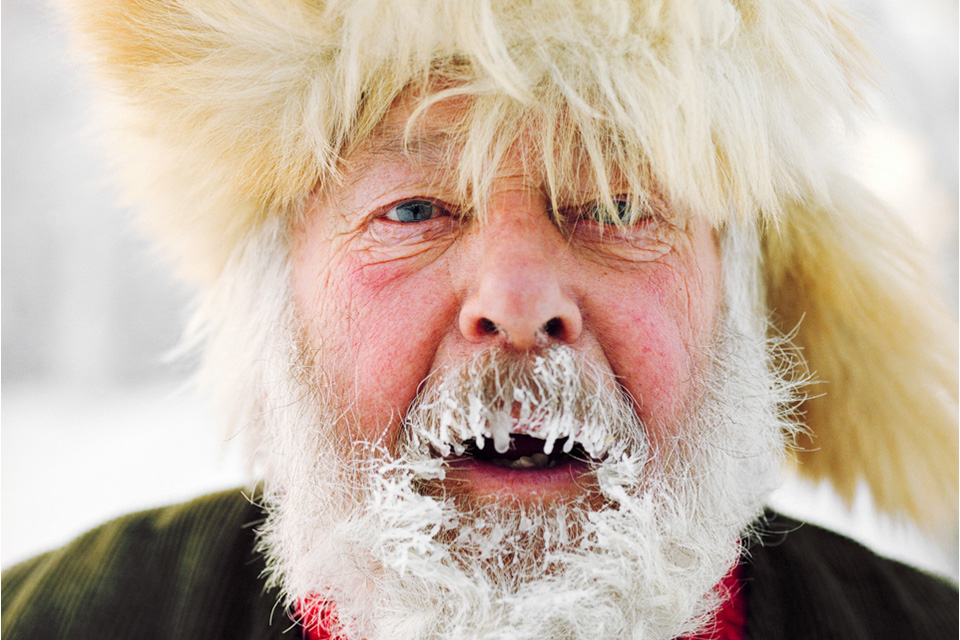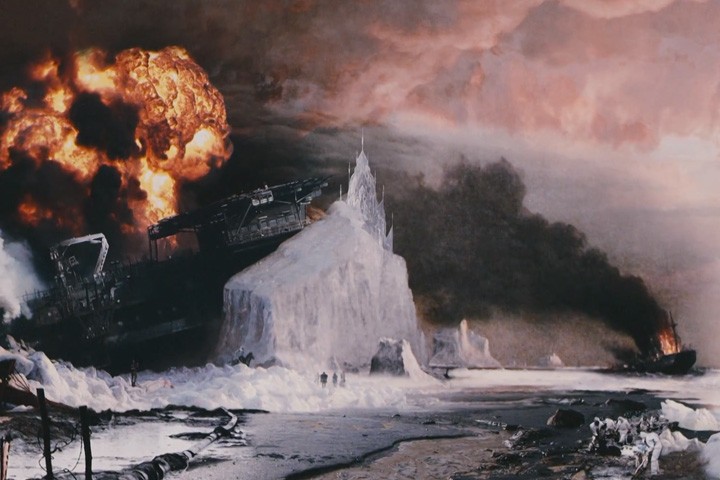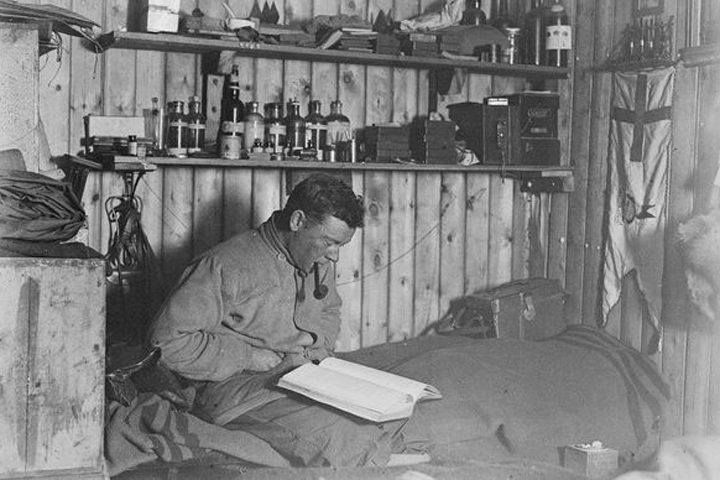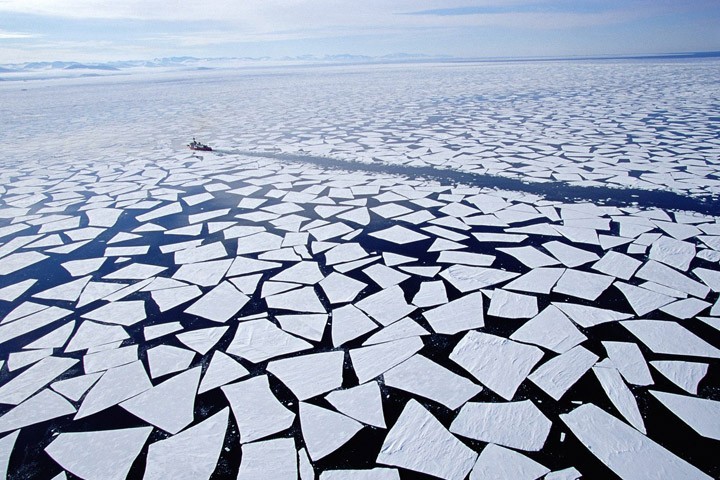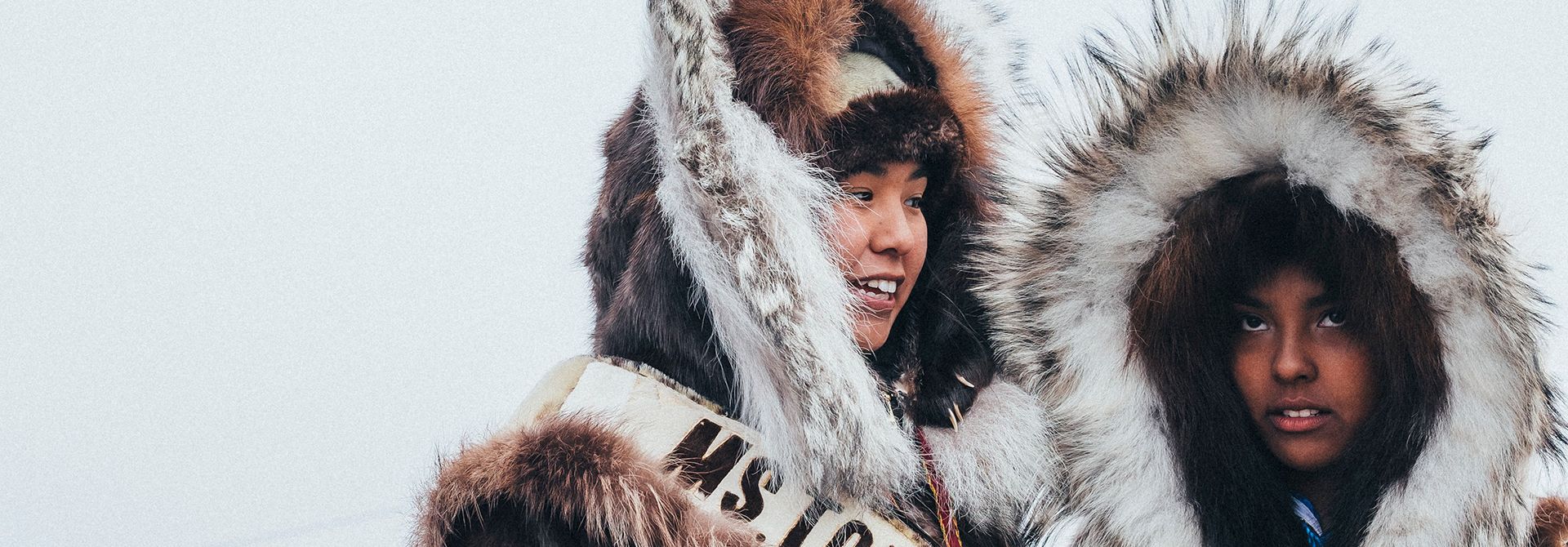
Alaska Diaries: Independence Day in the Northernmost City of the US
In 2013, I had a commission from the Australian newspaper The Global Mail to shoot a story about illegal logging in Papua New Guinea and the impact it has on the climate. That and several further trips ended up becoming the large photo project Warm Waters. It is an attempt to tell a visual story about the issues faced by people who live on the islands and in coastal areas caused by global warming and the rising levels of the Pacific Ocean. My goal is to cover the whole region between the north of Alaska and the southern part of New Zealand and, perhaps, Antarctica.
By this time I have almost finished documenting Oceania: Kiribati, Tuvalu, the Federated States of Micronesia, Northern Mariana Islands, Guam, Palau, Nauru, Marshall Islands, Tokelau, Fiji, Papua New Guinea, Vanuatu, and Niue. I am currently in Alaska and will stay here for six weeks. Once a week, Bird In Flight will publish my diary.
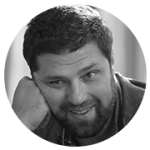
Born in Russia, lives in Portugal. Specializes in documentary photography, works for Panos Pictures. Works with the UN, Amnesty International, Oxfam, ChildFund, and UNICEF. Sokhin’s photographs have been published in The Guardian, National Geographic, GEO, International Herald Tribune, The Atlantic, The Global Mail, Internazionale, Stern, Le Monde, Paris Match, Marie Claire, BBC, Sydney Morning Herald, and in “The Russian Reporter” and “Around the World.” Published a photobook called Crying Meri about violence against women in Papua New Guinea.
Independence Day in the Northernmost City of the US
I came to Anchorage on June 28, and the next day took the next flight to Barrow, the northernmost city of Alaska and all the United States, to meet the scientists from the observatory who monitor climate change. I stayed in Barrow until Independence Day and witnessed the celebrations. The first entry in my diary is about this.
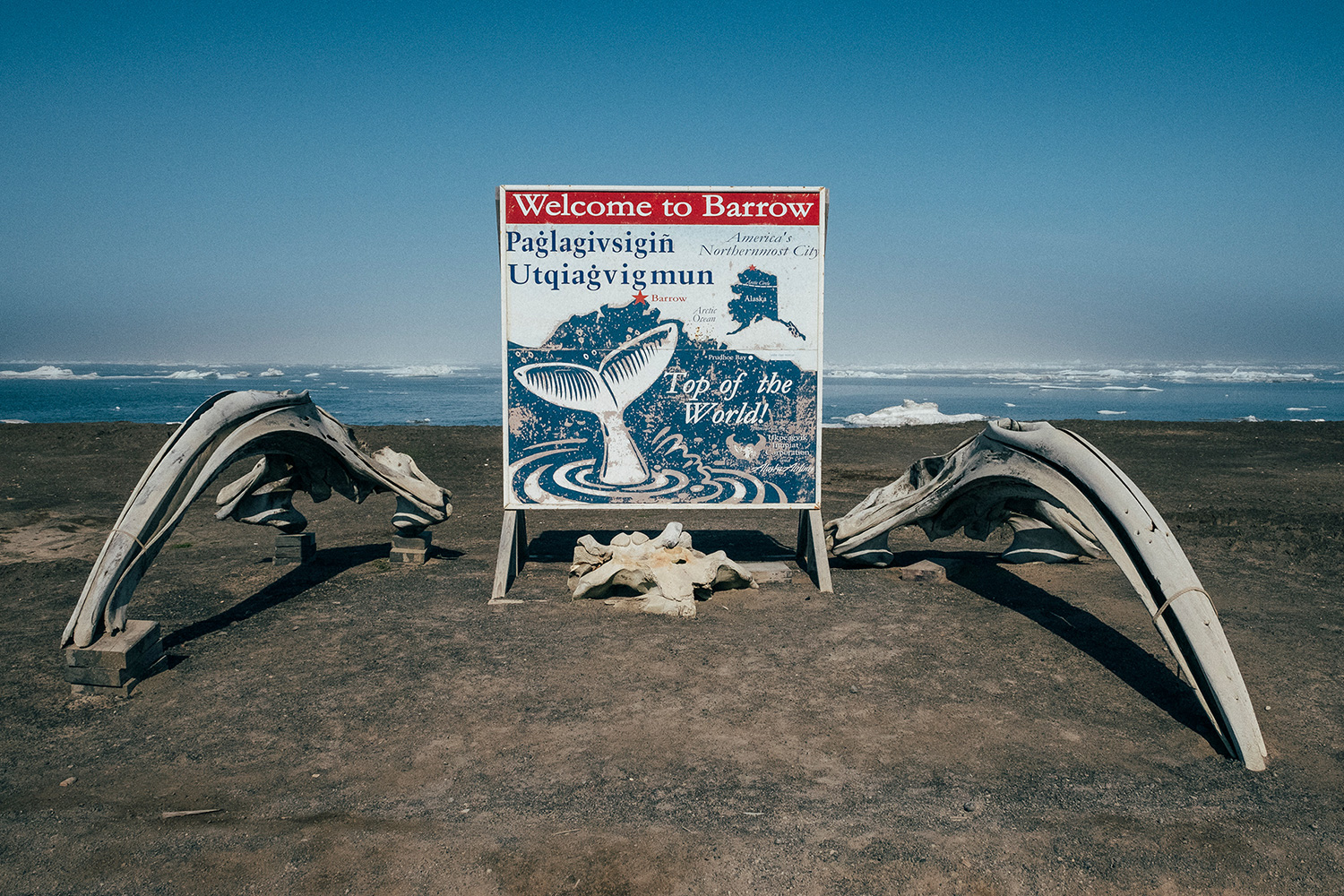
The Eskimo town Barrow is located beyond the Arctic Circle, and by early July it was still partially covered in snow, although this summer there is record heat in Alaska. Icefields break in the ocean, and the wind blows separate chunks of ice to the shore, where they pile up. The ice breathes cold air that the wind takes all over the city. Two hundred meters away from it you feel warmer, and in 400 or 500 meters you could even see patches green grass. People can’t swim in the ocean, but families still come to the shore for picnics. Sometimes barefoot children run into the water, and immediately retreat, screaming.
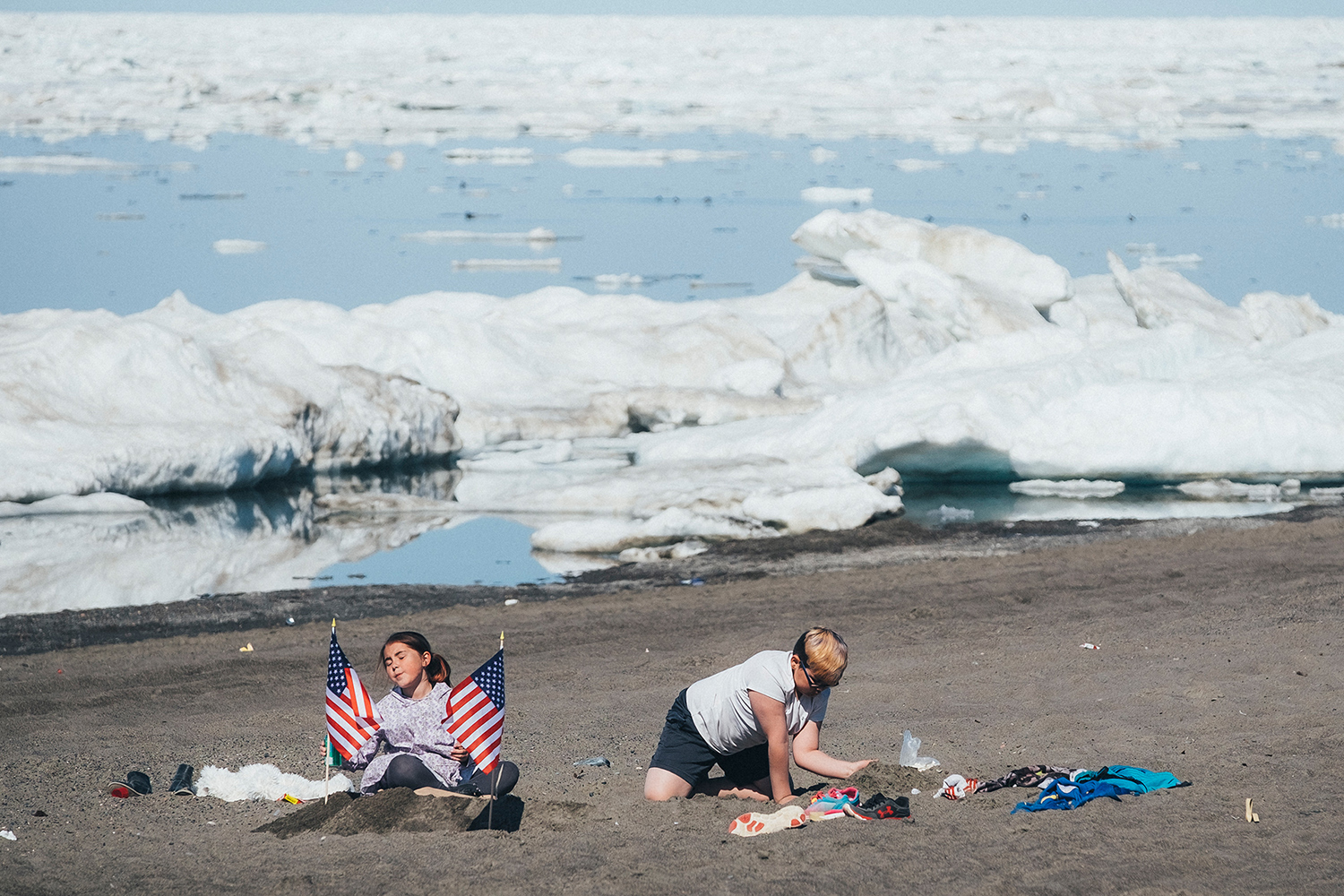
The citizens of Barrow started their celebration on Friday, and on July 4 they decorated cars in the colors of the national flag and paraded around town. Almost everyone participates in the parade or watches it. Fire trucks and police cars turn their sirens on, the participants throw candy to the children.
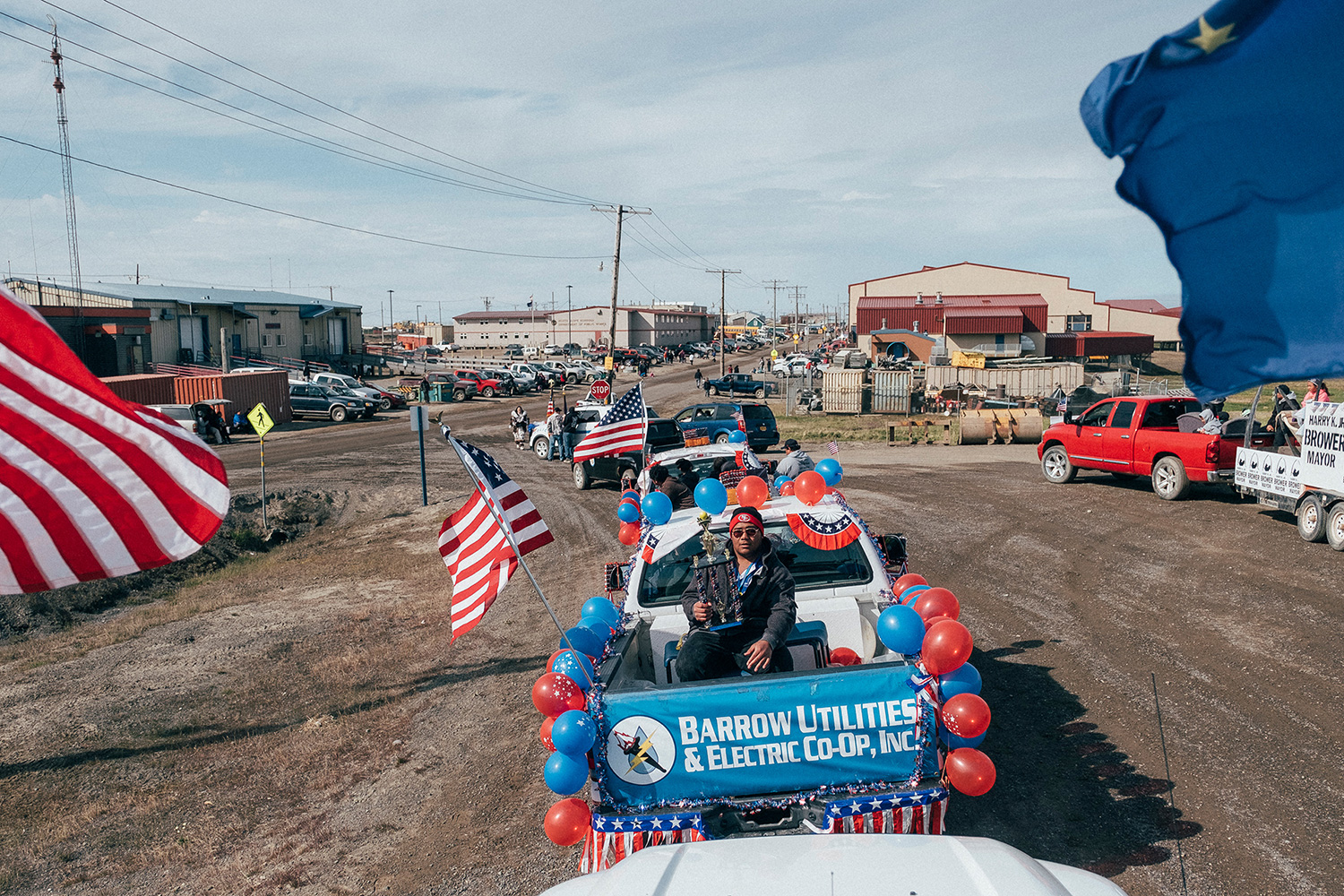
After the parade, the July 4 Games, also called the Arctic Games, that were started three days ago continue. There are many contests, one of them is for the ‘Top of the World Baby.’ Parents walk around the field holding the hands of their children, dressed in Eskimo costumes. The elders watch and evaluate them from parked cars.
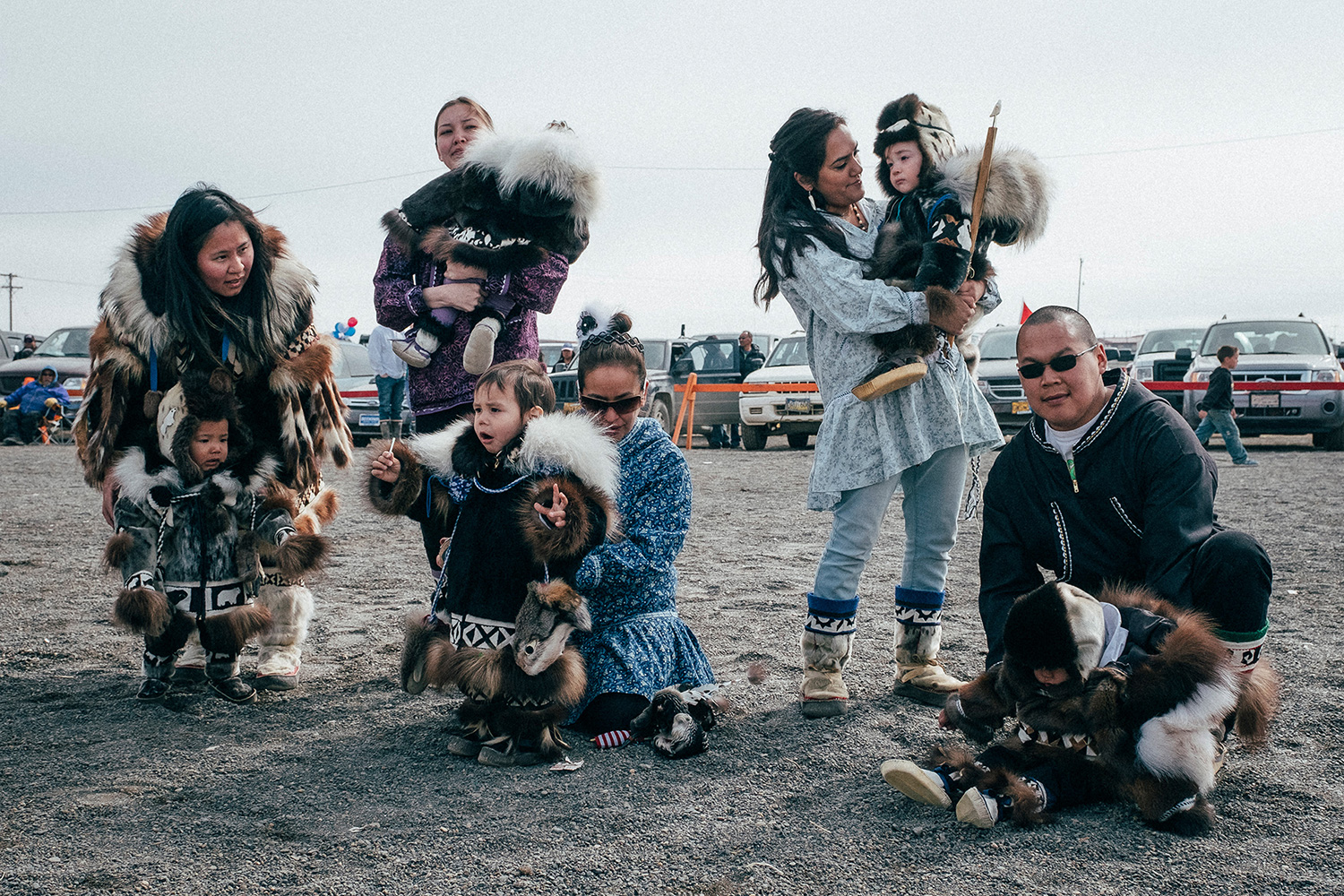
People in Barrow are mostly Iñupiat, Native Alaskan people. Almost all of them are hunters and fishermen, and live by hunting walruses, whales, polar bears, seals, deer, and fish. Only half of the people take part in the Arctic Games, the rest go out to sea or go hunting seals. While the adults are away, children are left to run around on their own, all day long. The sun in the summer doesn’t go down here, so I could see children playing in the street at 2 or 3 am. When they discovered I was from Russia, they smiled: “It means, you are our neighbor.” It is a short way to Russia, but I was the first Russian they had ever met.
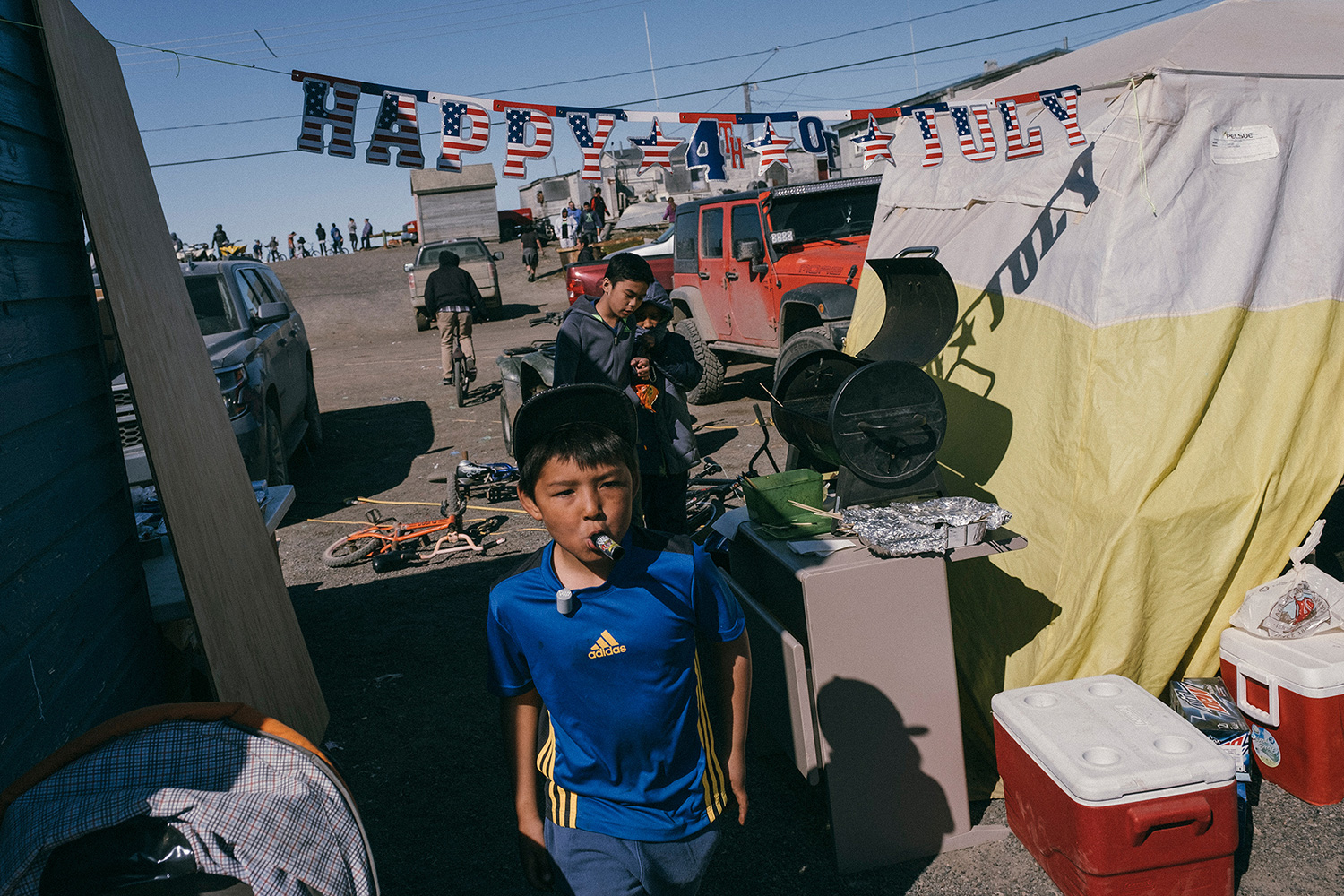
The water near the shore is still covered in ice, whalers hold the traditional umiak boat race on a small lake. Umiaks are manufactured the old way: first they build the wooden frame, and then cover it with sealskin. Before doing that, they wrap seal fat it in and leave it like that for an extended period of time. The fat absorbs moisture, and the skin becomes dry and elastic. This year there were only four teams on the race. The captain of one of them promised to give me a ride around the lake if his team wins. No luck: his boat took on a lot of water and came last.
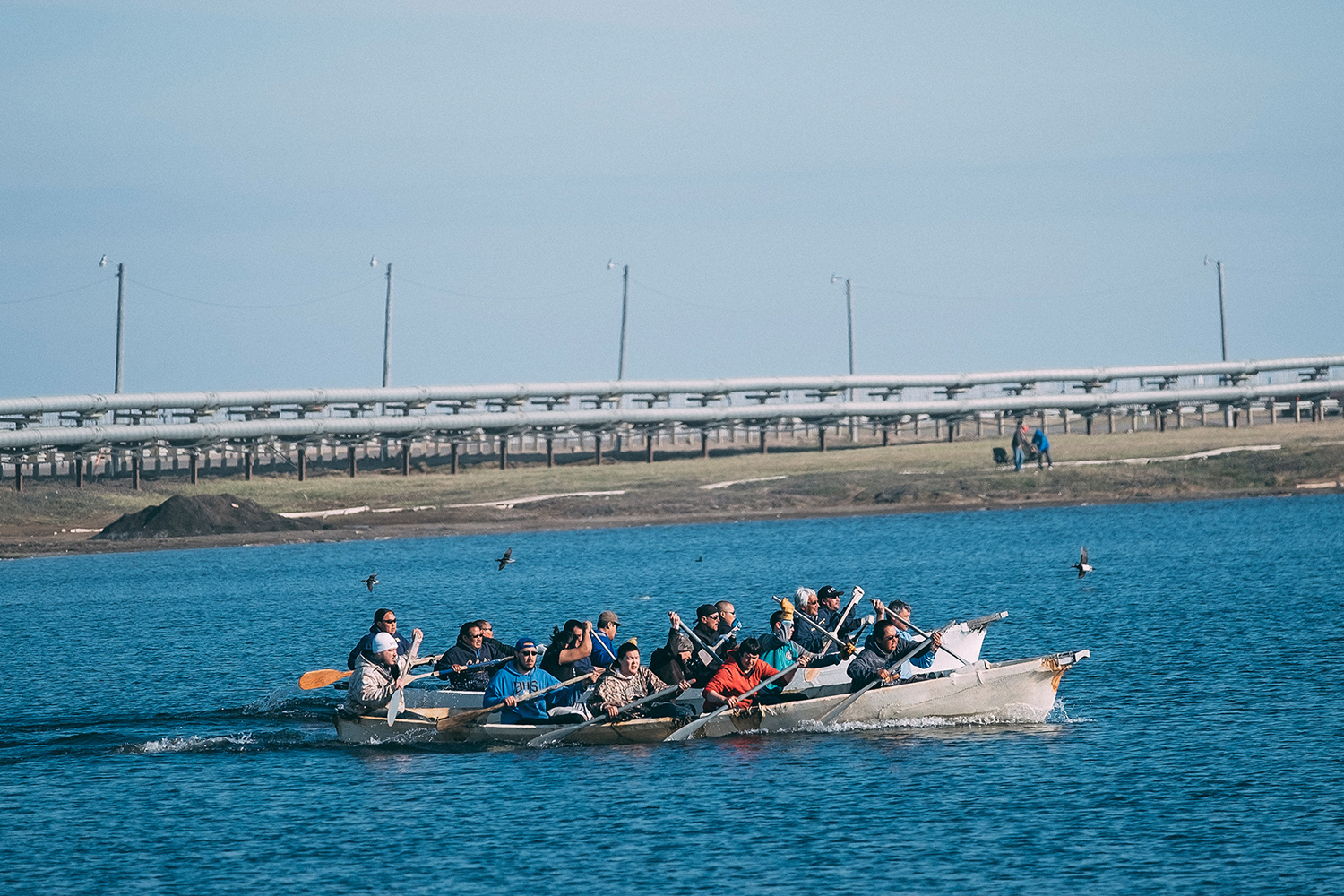
Iñupiat women are getting ready for the race in bags. The older women were allowed, rather than getting inside of them, to wrap them around their waists. Older Eskimos are respected. For instance, during the Independence Day celebrations they enjoy special prices for food, and every Wednesday they get a 10% discount at the local supermarket. It makes a difference, because in the Far North even a loaf of bread costs $10.
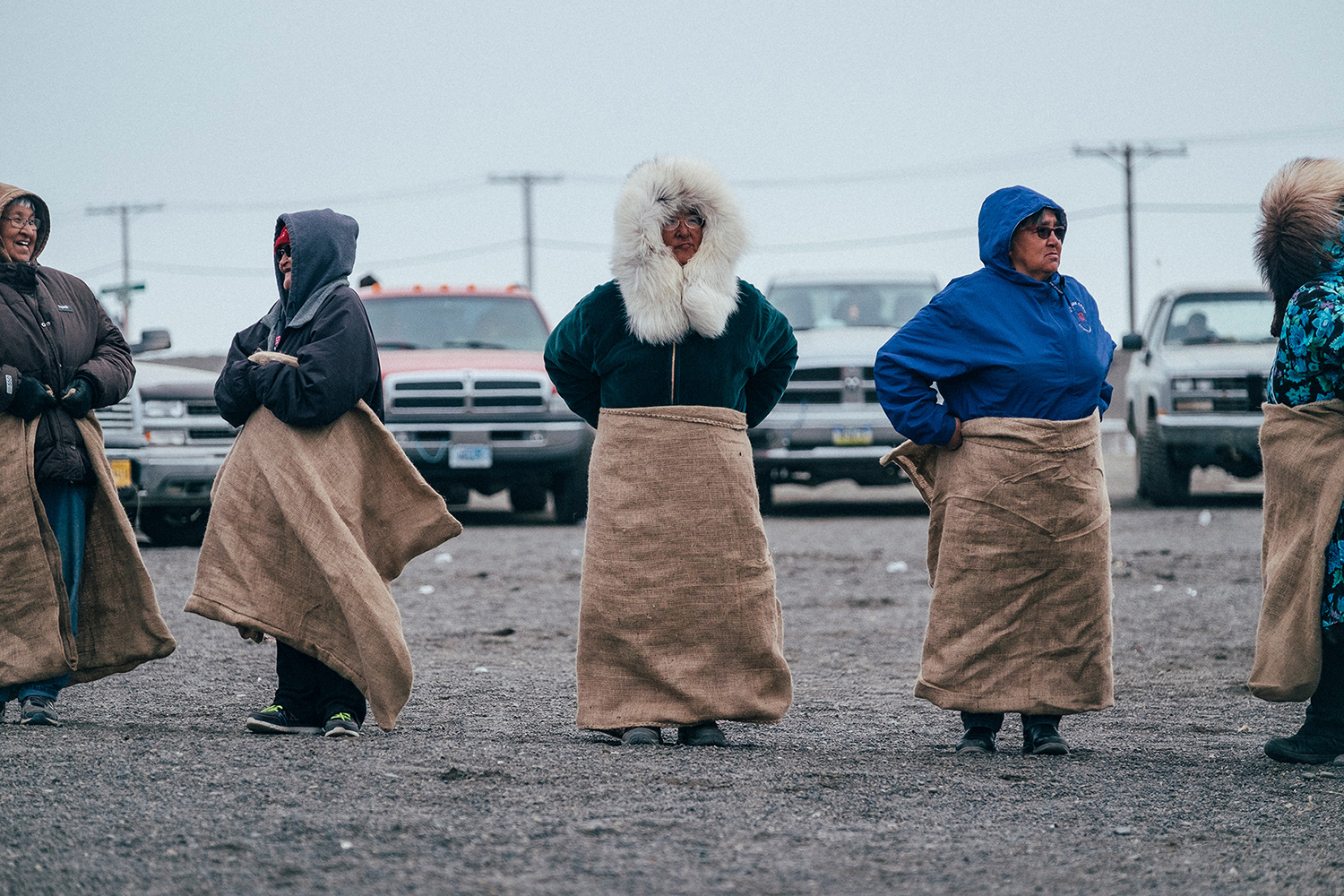
22-year-old Jalene Kanayurak was just recognized as Miss Top of the World. This year three young women participated in the local beauty pageant. The elders evaluated their looks, clothes and public speaking skills. When asked what good she would do for the town if she won the title, Jalene answered that she would promote a healthy lifestyle among young people.
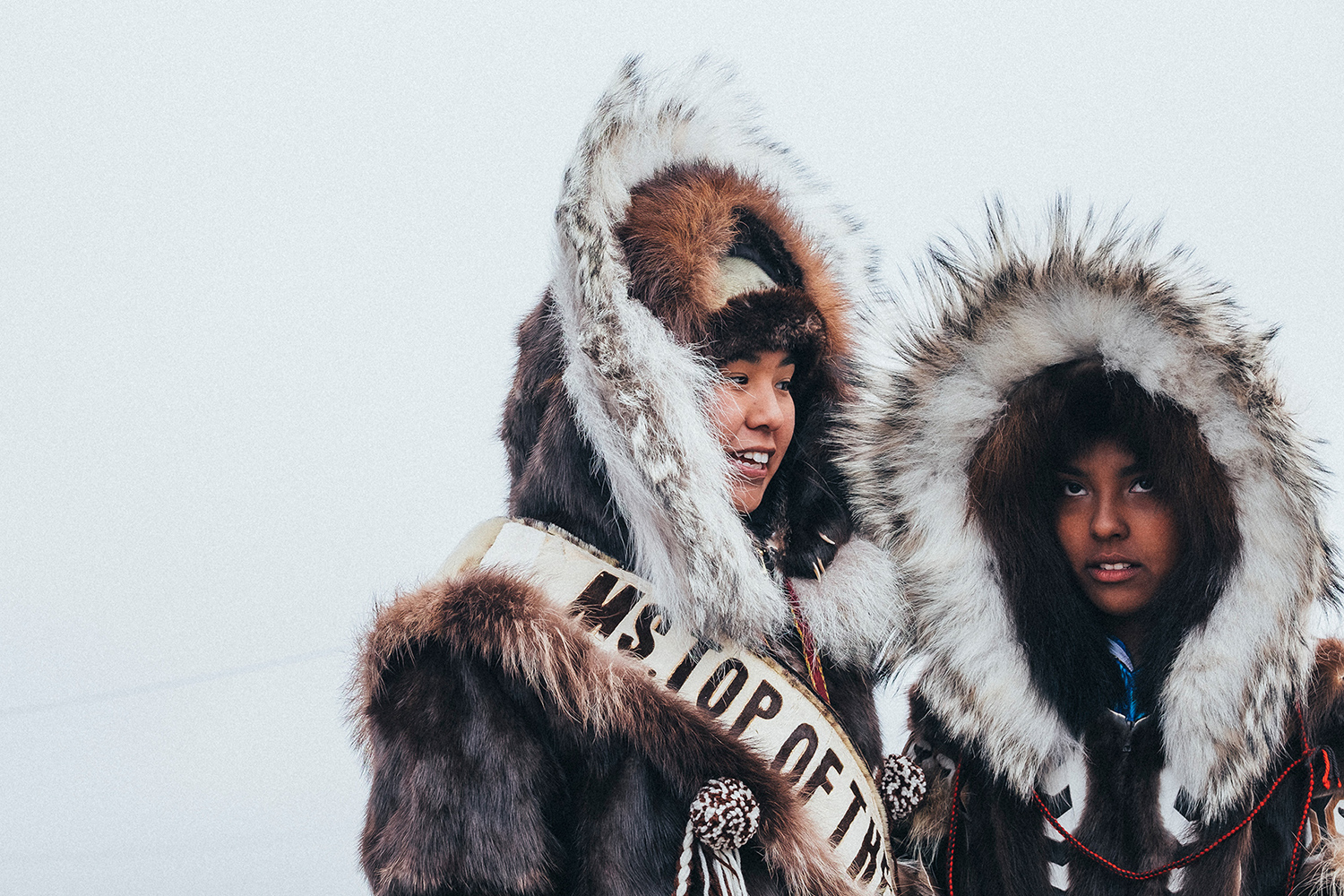
The celebrations of the Independence Day end with the national dances in the school gym. Women and men are called up to the stage by age groups — every group has to dance the same dance twice. Musicians beat the drums made from sealskin from old boats. The celebration is finished with the dance of the elders. It is almost midnight, but the skies are bright, and the playground is full of children.
During the four days of the celebration I haven’t seen any drunk people in the street — it is prohibited to sell alcohol in Barrow. Eskimos sometimes order a bottle or two to be delivered by plane, but only with the permission of the police, and only if they were never charged with drunk driving or domestic violence.
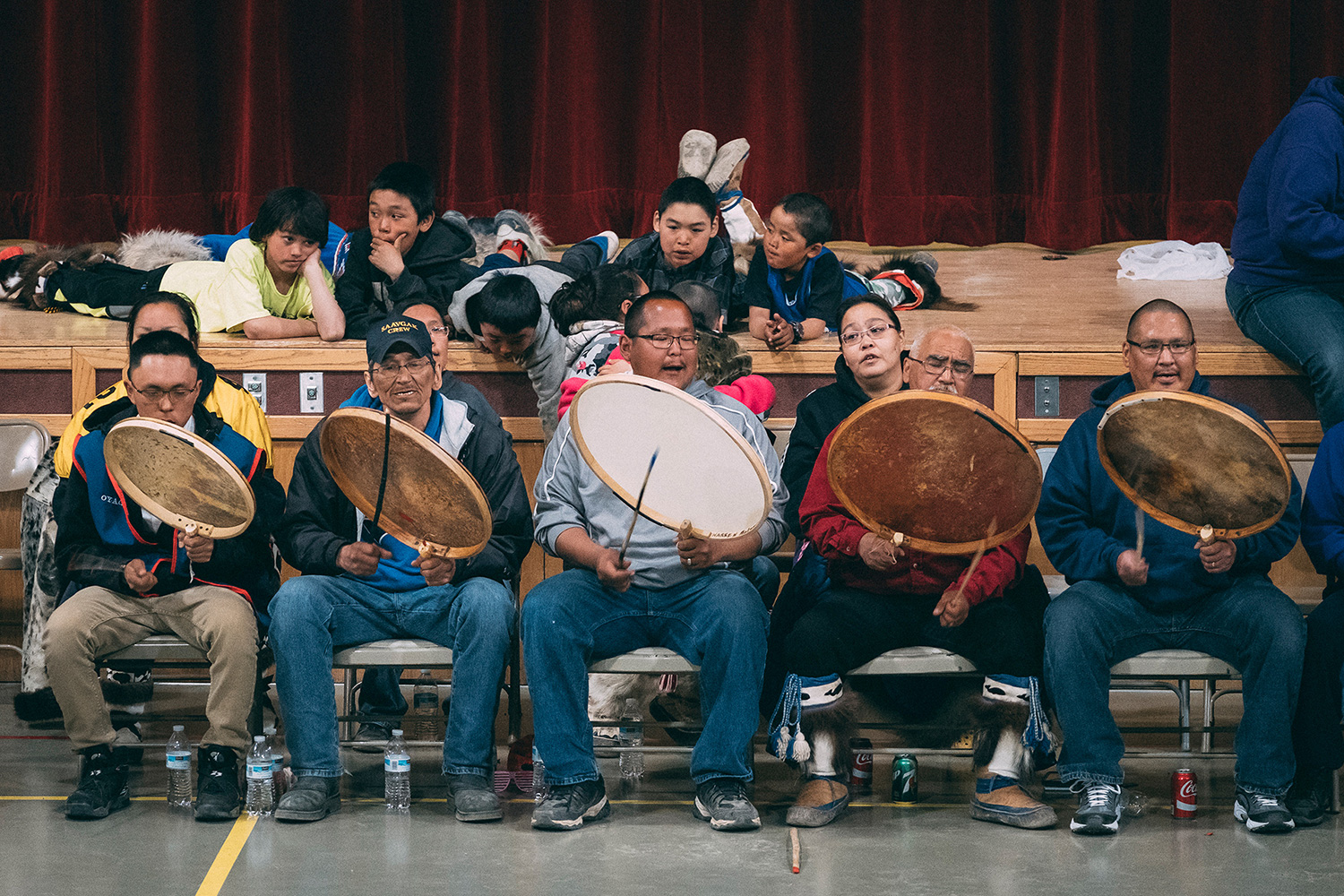
Although the Iñupiat follow their traditions, their lives are gradually changing. Since gas and oil deposits were discovered in Prudhoe Bay near Barrow in the 1970s, the natives started receiving dividends from their extraction. The incomes of the people grew, but more planes started flying to Barrow, and thousands of workers from the entire country crowded Prudhoe Bay. There is an intention to connect the Deadhorse settlement in Prudhoe Bay and Barrow with a highway, but the local elders are against it. They say that this highway will become a road for alcohol, drugs, and ‘bad people’.
Global warming also endangers the Eskimo way of life — it changes the natural environment, making hunting complicated. Several years ago the Inuit Circumpolar Council called global warming one of the biggest dangers for the native population. I will tell you more about it next week.
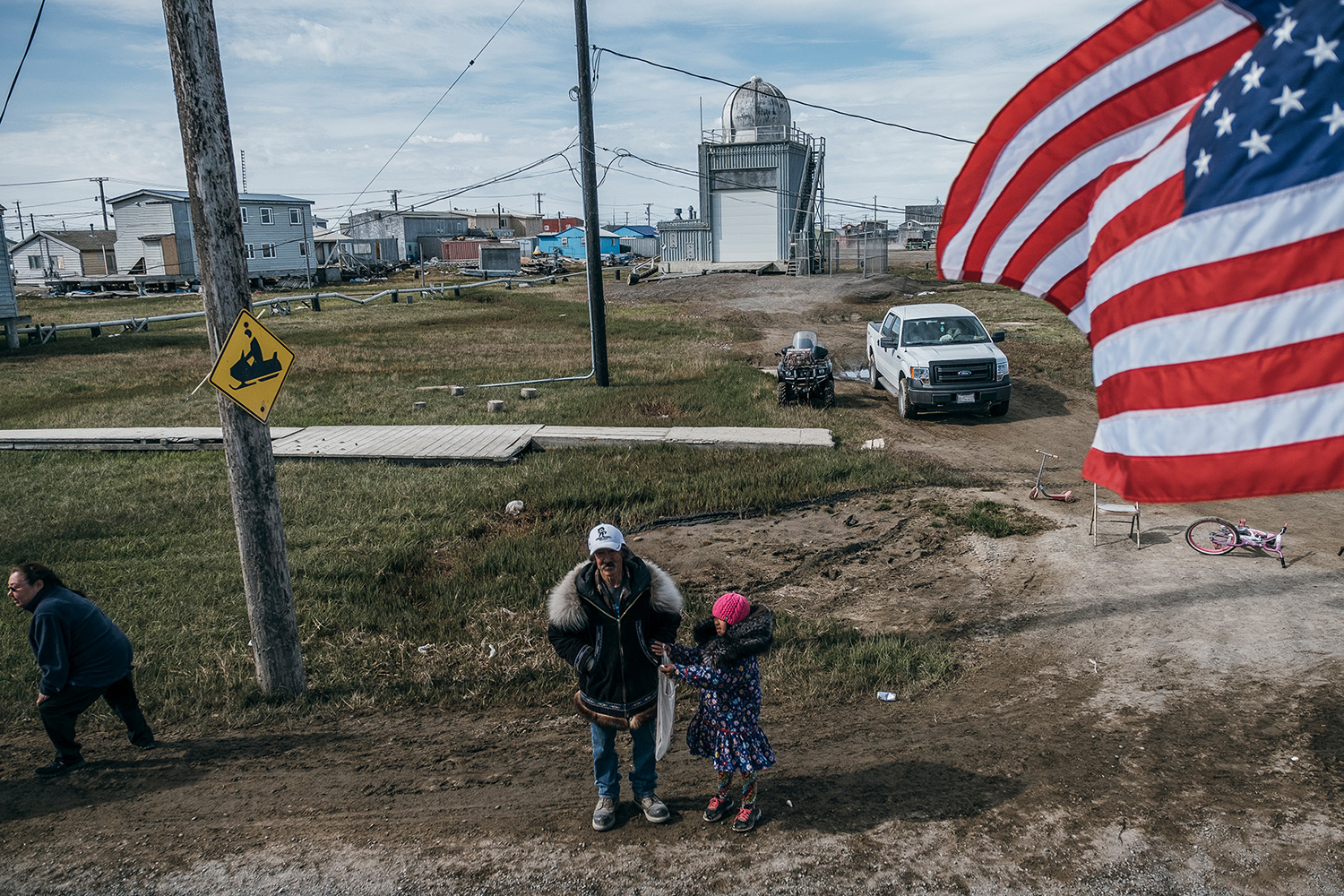
Text and photos: Vlad Sokhin / Panos Pictures
